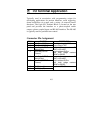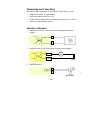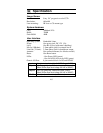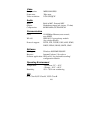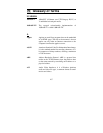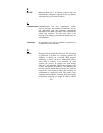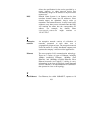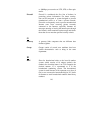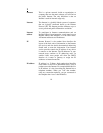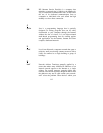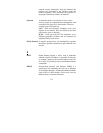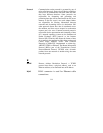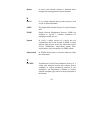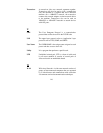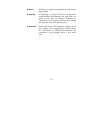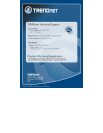
114
Protocol
Communication on the network is governed by sets of
rules called protocols. Protocols provide the guidelines
devices use to communicate with each other, and thus
they have different functions. Some protocols are
responsible for formatting and presenting and
presenting data that will be transferred from file server
memory to the file server’s net work adapter Others
are responsible for filtering information between
networks and forwarding data to its destination. Still
other protocols dictate how data is transferred across
the medium, and how servers respond to workstation
requests and vice versa. Common network protocols
responsible for the presentation and formatting of data
for a network operating system are the Internetwork
Packet Exchange (IPX) protocol or the Internet
Protocol (IP). Protocols that dictate the format of data
for transferors the medium include token-
p
assing and
Carrier Sense Multiple Access with Collision
Detection (CSMA/CD), implemented as token-ring,
ARCNET, FDDI, or Ethernet. The Router Information
Protocol (RIP),a part of the Transmission Control
Protocol/Internet Protocol (TCP/IP) suite, forwards
p
ackets from one network to another using the same
network protocol.
R
RARP
Reverse Address Resolution Protocol, a TCP/IP
protocol that allows a physical address, such as an
Ethernet address, to be translated into an IP address.
RJ-45
RJ-45 connector is used for Ethernet cable
connections.



